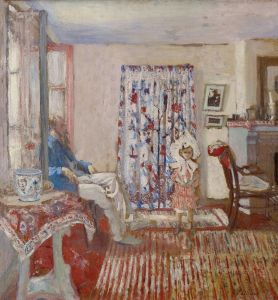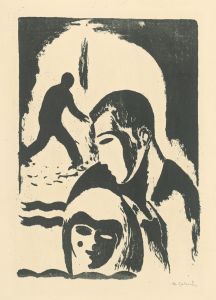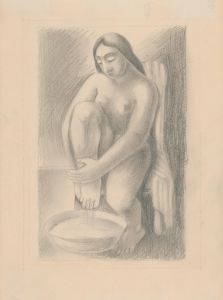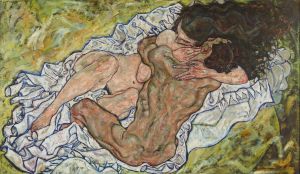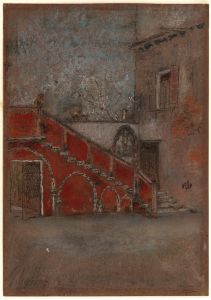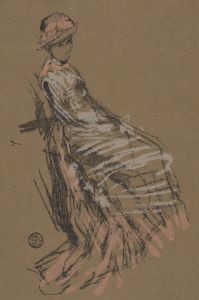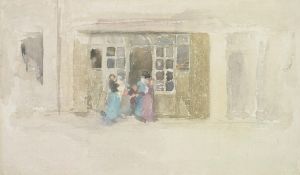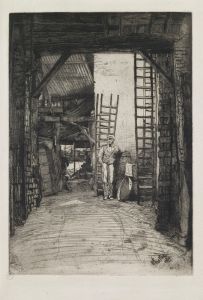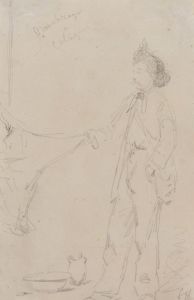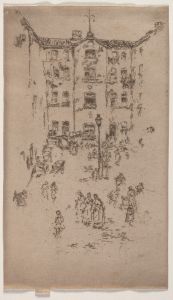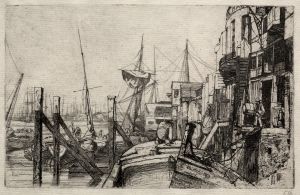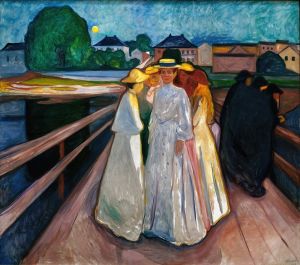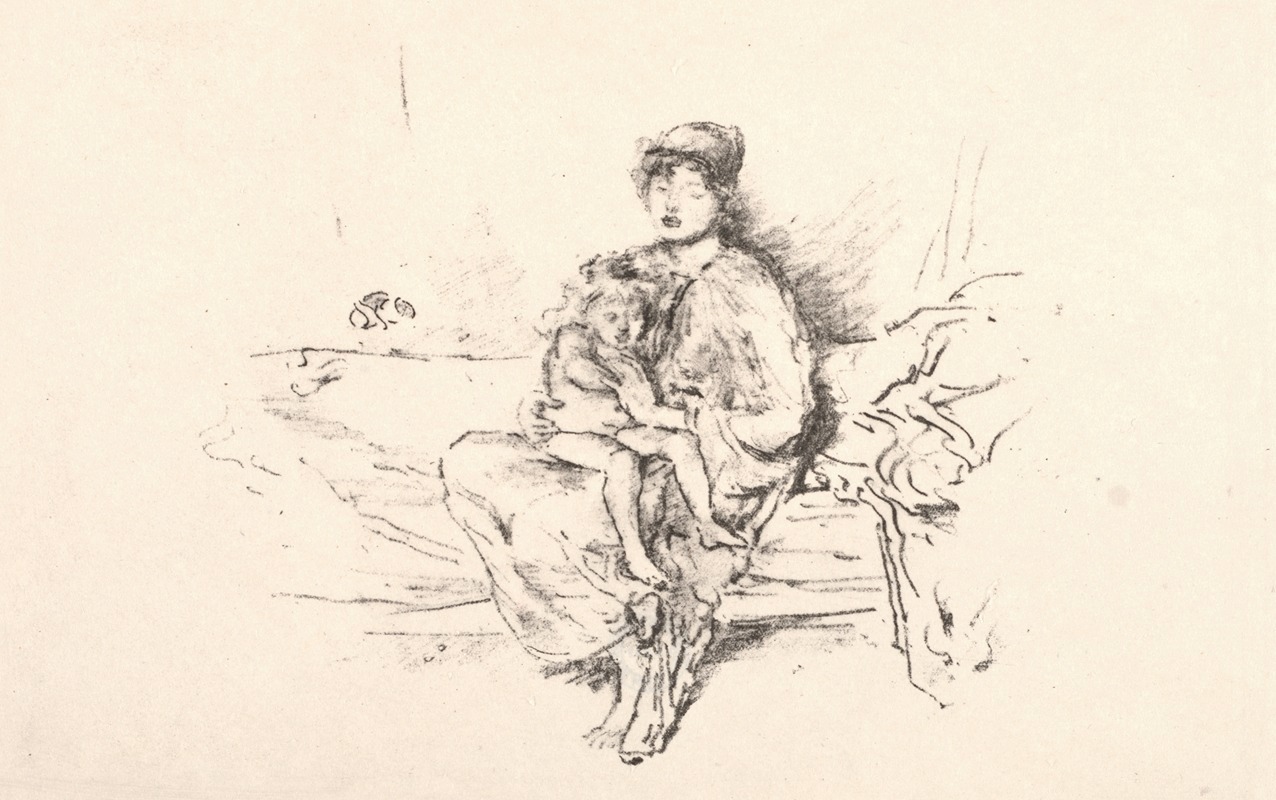
Mother and Child, No. 2
A hand-painted replica of James Abbott McNeill Whistler’s masterpiece Mother and Child, No. 2, meticulously crafted by professional artists to capture the true essence of the original. Each piece is created with museum-quality canvas and rare mineral pigments, carefully painted by experienced artists with delicate brushstrokes and rich, layered colors to perfectly recreate the texture of the original artwork. Unlike machine-printed reproductions, this hand-painted version brings the painting to life, infused with the artist’s emotions and skill in every stroke. Whether for personal collection or home decoration, it instantly elevates the artistic atmosphere of any space.
James Abbott McNeill Whistler, an influential American artist, is renowned for his contributions to the art world during the late 19th century. Among his body of work is the painting "Mother and Child, No. 2," which exemplifies his distinctive style and artistic philosophy. Whistler's approach to art was heavily influenced by his belief in "art for art's sake," a concept that emphasizes the aesthetic experience over narrative or moral content.
"Mother and Child, No. 2" is part of Whistler's exploration of intimate and domestic themes, focusing on the relationship between a mother and her child. This painting is a testament to Whistler's skill in capturing subtle emotional nuances and his mastery of composition and color. The artwork reflects his interest in the harmony of form and color, a principle that guided much of his work.
Whistler's technique in "Mother and Child, No. 2" is characterized by his use of a limited color palette and delicate brushwork, which create a sense of tranquility and intimacy. The painting's composition is carefully balanced, with the figures of the mother and child positioned in a way that draws the viewer's eye to their interaction. This focus on the figures' relationship is enhanced by Whistler's attention to detail and his ability to convey emotion through minimalistic means.
The painting is also notable for its use of space and light. Whistler often employed a technique known as "tonalism," which involves the use of muted tones and subtle gradations of color to create a sense of depth and atmosphere. In "Mother and Child, No. 2," this technique is evident in the soft transitions between light and shadow, which add to the painting's overall sense of calm and introspection.
Whistler's work, including "Mother and Child, No. 2," was influenced by various artistic movements and styles. He was particularly inspired by Japanese art, which is reflected in his use of asymmetrical compositions and an emphasis on simplicity and elegance. This influence is apparent in the way he arranges the elements within the painting, creating a harmonious balance that is both pleasing to the eye and emotionally resonant.
Throughout his career, Whistler faced both acclaim and criticism. His work was often at the center of debates about the role of art and the artist in society. Despite this, Whistler remained committed to his artistic vision, and his work has continued to be celebrated for its beauty and innovation.
"Mother and Child, No. 2" is a significant example of Whistler's contribution to the art world. It encapsulates his ability to blend technical skill with a deep understanding of human emotion, resulting in a work that is both aesthetically pleasing and emotionally impactful. Today, Whistler's paintings, including "Mother and Child, No. 2," are appreciated for their timeless quality and their influence on subsequent generations of artists.





